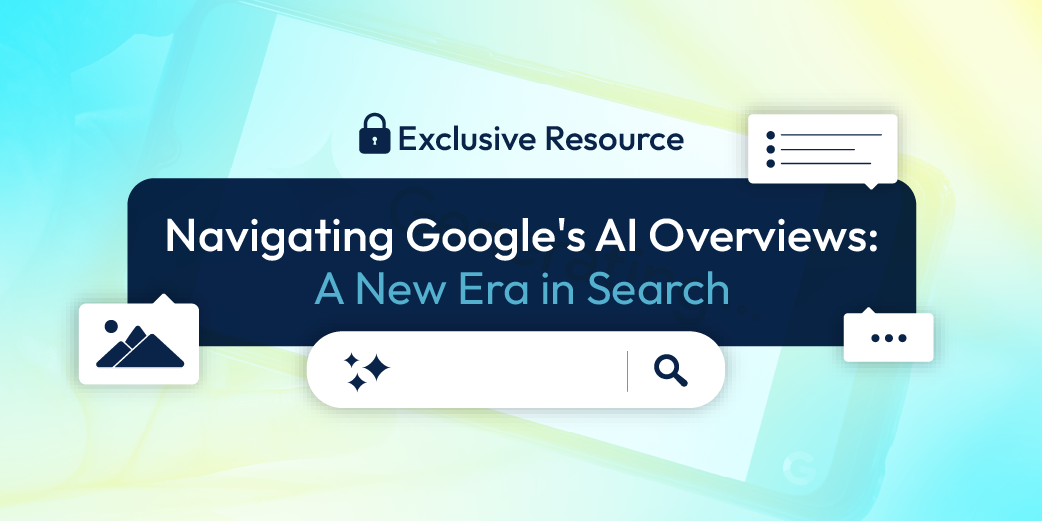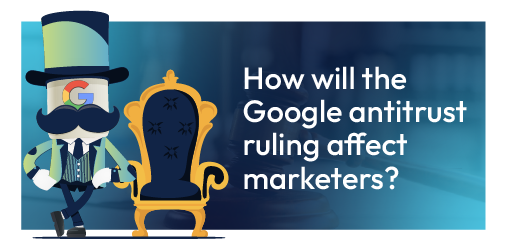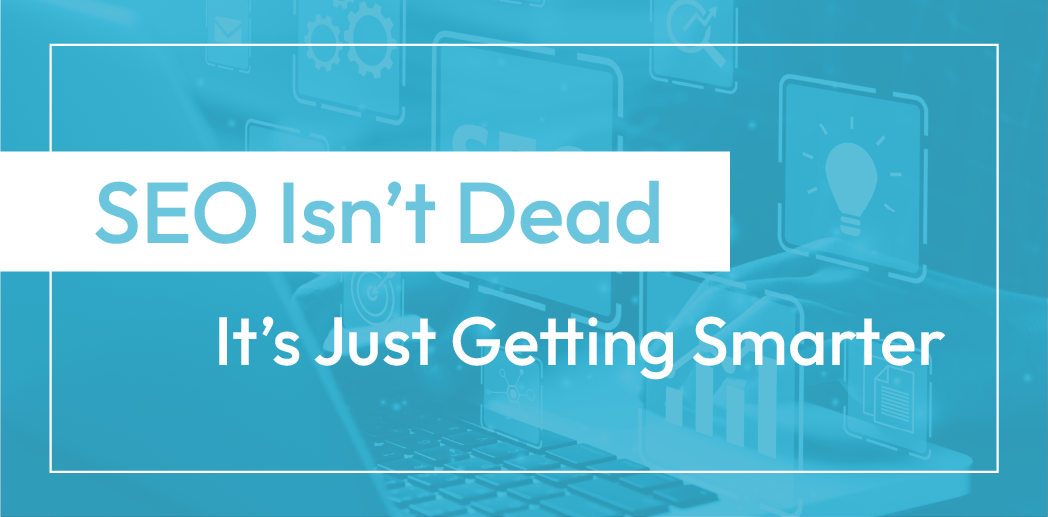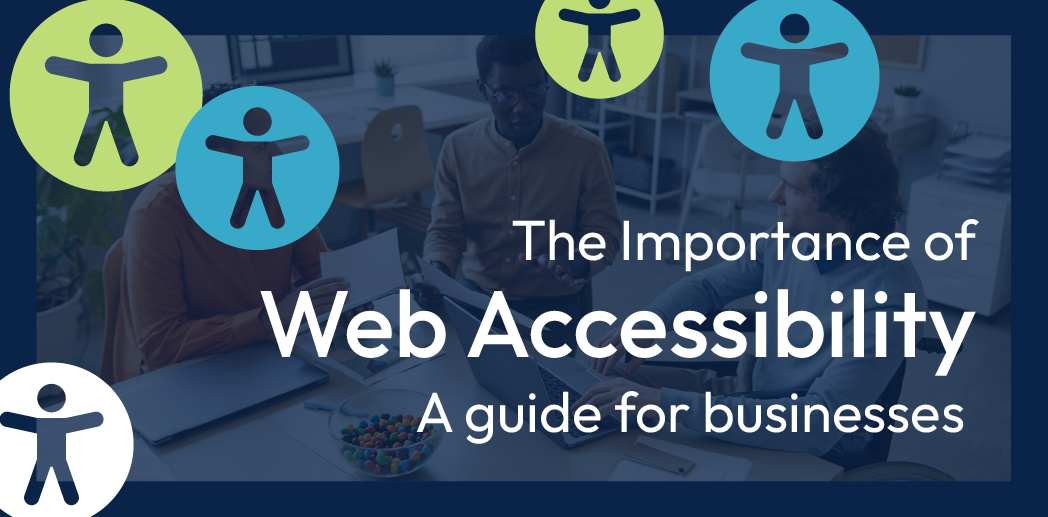How to Optimize for Google AI Overviews
Google’s integration of generative AI marks a profound shift in search, bringing personalized, intent-driven experiences to users while reshaping SEO practices for businesses. By synthesizing complex queries into precise, conversational responses, Google’s AI Overviews enhance access to information while challenging brands to adapt to new standards of visibility. As AI continues to shape search results and change how people find information, it’s more important than ever for businesses to understand its impact and adapt to stay ahead.

The rise of artificial intelligence is reshaping how people interact with the internet, and nowhere is this transformation more apparent than in the evolution of Google’s search capabilities and its use of generative AI, designed to deliver highly intuitive and precise search experiences.
For organizations that rely on search visibility to drive growth, these advancements present both exciting opportunities and new challenges. As AI takes a more active role in interpreting user intent and shaping search results, understanding its impact is becoming a priority for those looking to stay ahead in a competitive digital environment. With change accelerating rapidly, businesses must embrace this moment as an opportunity to adapt, innovate, and build stronger connections with their audiences.
Understanding Google AI
Artificial intelligence (AI), whether you’ve realized it or not, has changed how we access and engage with information online. For decades, Google’s mission has been to “organize the world’s information and make it universally accessible and useful.” Now, with the integration of AI, that mission is evolving in unimaginable ways.
Google’s AI tools now encompass a suite of resources and technologies designed to understand, process, and respond to human questions with unprecedented accuracy and sophistication. These innovations aren’t just making using Google easier, they’re also changing how businesses connect with their audiences through search.
What is Google AI?
Google AI refers to the integration of artificial intelligence into Google’s products and services, with a focus on making search smarter and more helpful. It builds on decades of advancements in machine learning, natural language processing (NLP), and data analysis to make the search experience more intuitive. In simple terms, it enables search engines to “think” more like humans. Generative AI is now able to grasp context, intent, and the subtle meanings behind words that older search systems might have missed.
This technology powers features like Google’s Knowledge Graph, which connects facts and ideas, and BERT (Bidirectional Encoder Representations from Transformers), a system that helps search engines interpret how words in a query relate to each other. Recently, Google has introduced generative AI, which goes beyond simply finding information. These advanced systems can create natural, human-like responses to more complex questions, taking the search experience to an entirely new level.
For users, this means fewer searches to find what they need and more accurate, actionable results. For businesses, it highlights the growing importance of creating content that aligns with these advanced systems by providing clear, relevant answers that match how AI evaluates and delivers information.
From Code Red to Generative AI: Google’s Strategic Response
If all of this sounds completely new to you, you’re not alone. The rise of AI-powered tools like OpenAI’s ChatGPT in 2022 caught many people, and even industry giants, off guard. ChatGPT’s ability to generate detailed, conversational responses sparked widespread interest and led to what insiders referred to as a “Code Red” moment for Google.
For the first time in years, the company’s dominance in search was being questioned. In response, Google doubled down on its AI initiatives, embedding generative AI technologies into its search functionality to stay ahead and continue leading the way in organizing and delivering information.
By advancing generative AI and introducing models like Gemini, Google’s own language-learning model similar to ChatGPT, the company is reaffirming its commitment to leading the evolution of artificial intelligence. These systems represent a major leap from traditional link-based search algorithms, synthesizing information from multiple sources into clear, conversational answers.
For businesses, this fast-paced change means adjusting to a search experience that focuses on providing direct answers, understanding user intent, and interpreting content with greater sophistication. These shifts are reshaping how people discover and interact with information online, creating new opportunities for businesses to connect with their audiences.
How Google’s Generative AI Powers Search
One of the most significant advancements in generative AI is its ability to create rich, conversational responses. For example, instead of simply listing the top-ranking pages for “best marketing strategies for small businesses,” Google’s AI overviews might generate a detailed summary of effective strategies, combining insights from multiple credible sources.
However, this technology is not without its challenges. Generative AI occasionally produces “hallucinations”, plausible-sounding but inaccurate information. To mitigate this, Google has emphasized transparency by providing source citations for its AI-generated responses, encouraging users to explore the original content for verification.
For businesses, understanding how this system works is key to thriving in an AI-enhanced search environment. Content must not only answer questions clearly and concisely but also align with how AI synthesizes and presents information. In other words, content is still king.

However, gone are the days when churning out content for content’s sake was enough. Building topical authority, optimizing for featured snippets, and maintaining technical SEO best practices are now indispensable strategies for ensuring visibility.
Businesses and marketers that understand and embrace these changes have the opportunity to establish stronger, more meaningful connections with their audiences. The key is adapting quickly, staying informed, and leveraging these advancements to their full potential.
How Google AI Affects Search and SEO
The integration of AI into Google’s search functionality is transforming how users interact with the internet. By interpreting intent with greater precision and delivering more intuitive results, Google AI has elevated the search experience while introducing significant shifts for businesses striving to maintain visibility.
For marketers, these changes necessitate a deeper understanding of user intent, evolving search result formats, and the challenges AI presents. Below, we explore how AI enhances Google’s ability to align with search intent, reshapes SEO strategies, and introduces new dynamics like zero-click searches and the risks of AI-generated inaccuracies.
Aligning Google AI with Search Intent
Search intent, the reason behind what a user is searching for, has always been at the heart of effective SEO. With Google AI, this concept is taken to a whole new level. Google’s advanced tools don’t just analyze the words in a query; they work to understand the “why” behind it. What is the user really looking for? What problem are they trying to solve?
Traditional search algorithms, which relied heavily on matching keywords, often struggled with vague or conversational questions. For example, a query like "best ways to boost sales" could produce generic results that didn’t quite hit the mark. Enter Google AI. These systems can break down complex questions and interpret their deeper meaning. This allows Google to deliver answers that are far more tailored, relevant, and helpful; getting users closer to the information they need with less effort.
For businesses, this shift makes one thing clear: success hinges on creating content that is conversational in nature and answers questions with both depth and authority.
AI Risks and Challenges
As advanced as Google AI has become, it is not without challenges. One major risk is the potential for “hallucinations,” where AI generates plausible but incorrect information. For example, an AI summary might misstate a product feature or misattribute a claim, potentially harming trust in your brand.

We're glad you're enjoying this article!
Unlock exclusive insights—reserved just for you.
Get the full guide by signing up for our newsletter today. 📩 Subscribe now and gain access to expert strategies, industry trends, and actionable SEO insights straight to your inbox.
Looking for more organic website traffic?
Welcome to RivalMind. Our purpose is to help your business thrive. We are a digital marketing agency that offers SEO, PPC, Web Design, Social Media and Video Solutions as tools to our clients for online business development and growth.
Contact us today to get started!
Blog Contact Form
Connect with Us:





